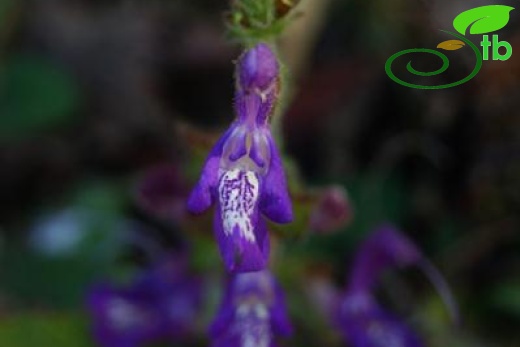Salvia forskahlei
Salvia forskahlei
Dolmayaprağı
Perennial herb. Sterns 15-120 cm, erect, simple or-branched, glandular or eglandular below, densely glandular above. Leaves simple to lyrate, broadly ovate, ± cordate, very variable in size from c. 5 x 3 cm to 30 x 23 cm, either mostly basal or distributed over the stem, reticulate, crenate-serrate; petiole c. 10 em. Verticillasters 2-8-flowered, ±distant. Bracts c. 8 x 6 mm, ovate; bracteoles present. Pedicels 2-5 mm, erecto-patent, Calyx ovate-campanulate, c. 10 mm, to 13 mm in fruit, glandular-pilose to -villous; upper lip truncate with mucronate short teeth. Corolla violet-blue to pinkish-magenta with white or yellow markings, 20-30 mm; tube upwardly curved, exserted, ± densely pilose within; upper lip falcate, deeply bifid. Stamens B. Nutlets rounded-trigonous, c. 2 x 2 mm. 2n = 16. Fl. 6-9. In broad-leaved and coniferous forest, meadows, steep banks, 10-1900 m.
Bulgaria. Euxine element. Varies greatly in size according to habitat. A distinct species on account of the markedly bifid upper lip of the corolla and the oblong-headed glandular hairs. An excellent marker species of the Euxine province.













